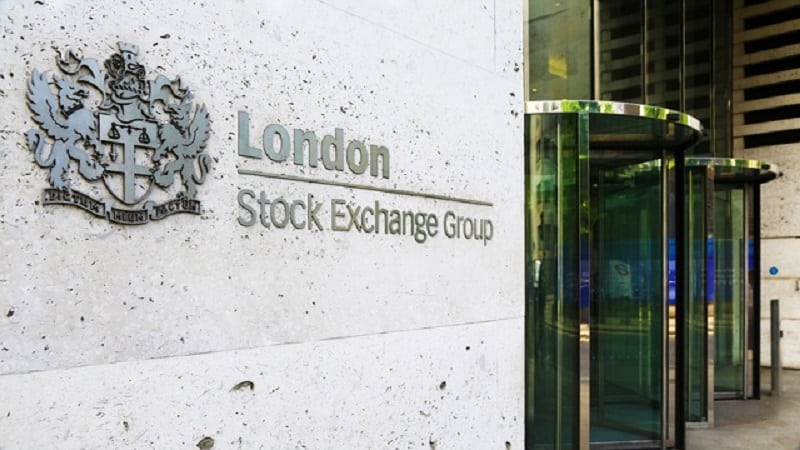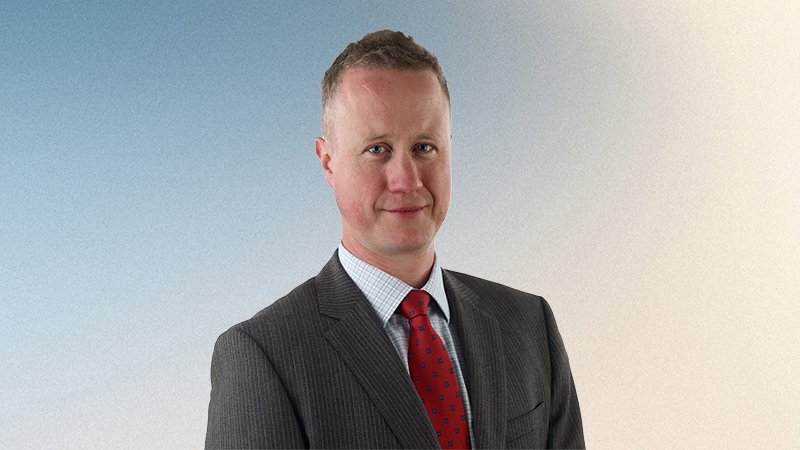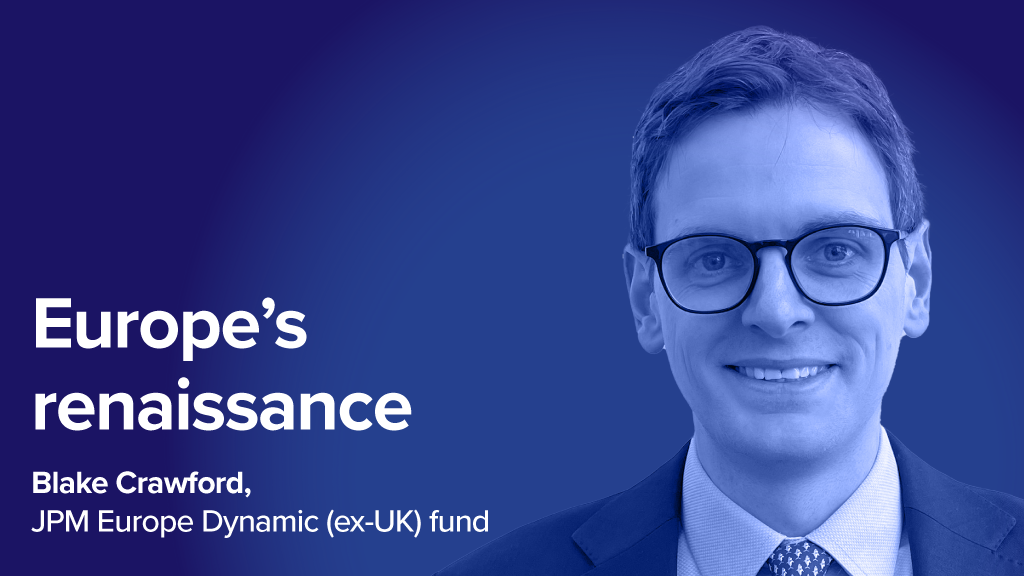When looking at a US small-cap fund, it can be difficult to fathom just where your investments will end up.
If you are aiming for a turnaround fund exposed to success stories in the microcap space then an option is Legg Mason Royce US Small Cap Opportunity.
Managed by Bill Hench and Buzz Zaino, the $1.19bn (£760m) fund holds a diverse portfolio of around 280 turnaround names that could be at any stage of the cycle – the point of management change or at the peak of runaway success.
Says Hench: “The big difference between our portfolio and others is that our top 20 names are not our favourites but the ones that have done the best. Usually we are moving them along and taking that money to buy things at the back of the portfolio, and those will be the successful ones in the future.”
The managers work for Legg Mason subsidiary Royce & Associates, which has been using a value approach to manage small and microcaps for more than 40 years.
Catalysts for change
Hench says the team looks for stocks that are not in favour. “When the markets get ugly we tend to increase risk and buy names that will work best when the markets return to doing well. Our benchmark is the Russell 2000, but we do not try to mimic the index.”
That the fund holds nearly 300 names is no accident. Hench does not like concentration because no matter how well you think you might know a company, you could still be in for a nasty surprise.
Holding more names mitigates that risk. Specifically, the managers are looking for turnaround names that are “really cheap”.
“They are not cheap by accident,” says Hench. “It is because their earnings stink, there has been a change of management or maybe they bought a lot of red sweaters when everybody wanted green sweaters.”
Hench, who worked on the US equities team at JP Morgan before joining Royce more than 12 years ago, then looks for catalysts for change, which may be a change in management, for example.
“Usually it takes about a year and a half for things to be worked out. What we have shown is that if you find companies that are first cheap and second, are going to be fixed over the next two years, then you can make a lot of money.”
The stocks in the portfolio that are performing well today are the ones the team invested in 18 months ago, he says.
High tech
The fund currently has a large proportion (27.6%) invested in the information technology sector, which is, according to Hench, a result of the number of turnaround stories to be found in that space rather than a planned sector bet.
“Many of the companies have the same characteristics. They might be going through the same difficulties, perhaps involved in the same food chain going on in that market.”
The tech names held within the fund are ones that are affected by unit buying, says Hench, so not companies that have the great product but the companies that provide semiconductors, connectors or memory chips to the ultimate product.
One example is Microsemi, which has a market cap of $2.5bn (£1.6bn). “It makes everything from RF devices used in communications, to customised chips. It has a lot of exposure to technology and industry and aerospace.
“It is a tech company but really it is industrial. A lot of the tech companies are doing nothing but providing products for automobiles or washing machines. The tech market has become much more involved with the consumer and industrial markets, not like it was years ago.”
Another company in the fund is RFMD, which is more involved in mobile communications. It makes chips and circuits for wireless communications and has been involved in a lot of the big phone releases during the past five years.
“We have owned these for a while and they have been good investments for us. We have pulled back little on these but sold a little on strength,” says Hench.
A third example would be an investment in Virginia-based IRDM, which has a market cap of $900m (£572.4m).
“This is a satellite company with a very high-end communication network with a low-earth orbit. They do a lot of government and big business work so it is not so consumer- related, and it has had great success lately.”
Recently the managers have also pared down their financials exposure.
“We sold a bunch of banks where there was exposure to the farming sector as commodity prices decreased,” says Hench.
Stock turnover on the fund is usually around 35-40% and has not been pushed up by M&A this year.
“M&A has been quiet in our part of the market. A lot of the deals this year have been from one private equity firm to another and in the bigger caps.
“We lost a company a couple of weeks ago called Digital Review, which was trading at around $18 (£11) and was taken out for about $26 (£17), but it has been quiet.
“We have not seen traditional amounts of consolidation and I am not really sure why that is the case.
It could be that bigger-cap stocks are looking for strategic fits or for instantaneous growth. Our companies are not necessarily going to change a bigger company’s growth rate.”
Hench admits the portfolio is probably lagging the market in the short-term but he is not worried as this would be part of the normal trend.
“We had a 10% pull-back in the micro- cap space this year as our companies tend to get hurt more than the average company in the Russell 2000. They tend to come back a little slower as well.
“So when the market does turn around in the early stages we lag a little bit, but then we get that extra push that allows us to make up for any softness – and that is where we are now.”
Hench also highlights that the objective of the fund is to make sure investors are rewarded for the risk being taken. “The smaller companies and micro-caps are riskier than bigger companies, and if you take that risk you need to be paid for it, otherwise you will go do something else.”
Future flows
Overall, he is optimistic about the US economy and the outlook for 2015. He says: “All the ingredients are there” for positive GDP growth to continue.
“A lot of people are disappointed with the velocity but the fact is, GDP is getting better, employment is getting better, rates are still low and we have had tremendous success in the energy front, first in discovery and production, and now lower prices.”
He adds that those exposed to the more domestic-oriented names and not weaker overseas markets will fare well.
“We are not looking to make the majority of our growth overseas like the names in the S&P. Things in the US appear to be good as a result of a number of things that have not happened in a long time, such as a tremendous lack of spending, which is happening now,” says Hench. “We are pretty optimistic.”









